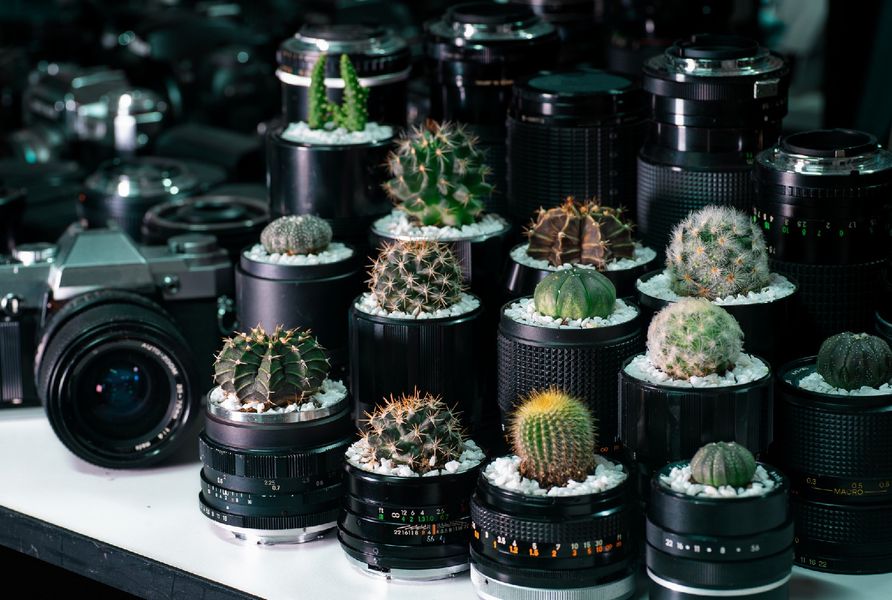– Brightness and Contrast: Your photo is like a salad, and brightness and contrast are your salt and pepper. Just a touch can make your photo pop, but too much might make your succulent look like it’s about to audition for a neon music video.
– Saturation and Vibrance: Bring out the vibrancy of your succulent’s colors by slightly increasing the saturation. Remember, you want to enhance the natural beauty, not make it look like a disco ball. Overdoing it could result in your succulent losing a beauty contest to a garden gnome!
– Sharpening: A bit of sharpening can make the details of your succulent stand out, making them crisper than a bag of potato chips. But go easy, you don’t want your photo to look as though it’s been etched with a razor blade.
– Crop to Perfection: Remember that rule of thirds we talked about? Now’s the time to use it. A well-considered crop can turn a ‘meh’ photo into a ‘wow’ photo faster than your succulent sucks up water in the summer heat.
– Filters Are Your Friends: A good filter can add a mood to your photo. Want your succulent to look like it’s basking in the summer sun? There’s a filter for that. Want it to look moody and mysterious? There’s a filter for that too. Just don’t go overboard – your photo should still look natural, not like a scene from a sci-fi movie.














